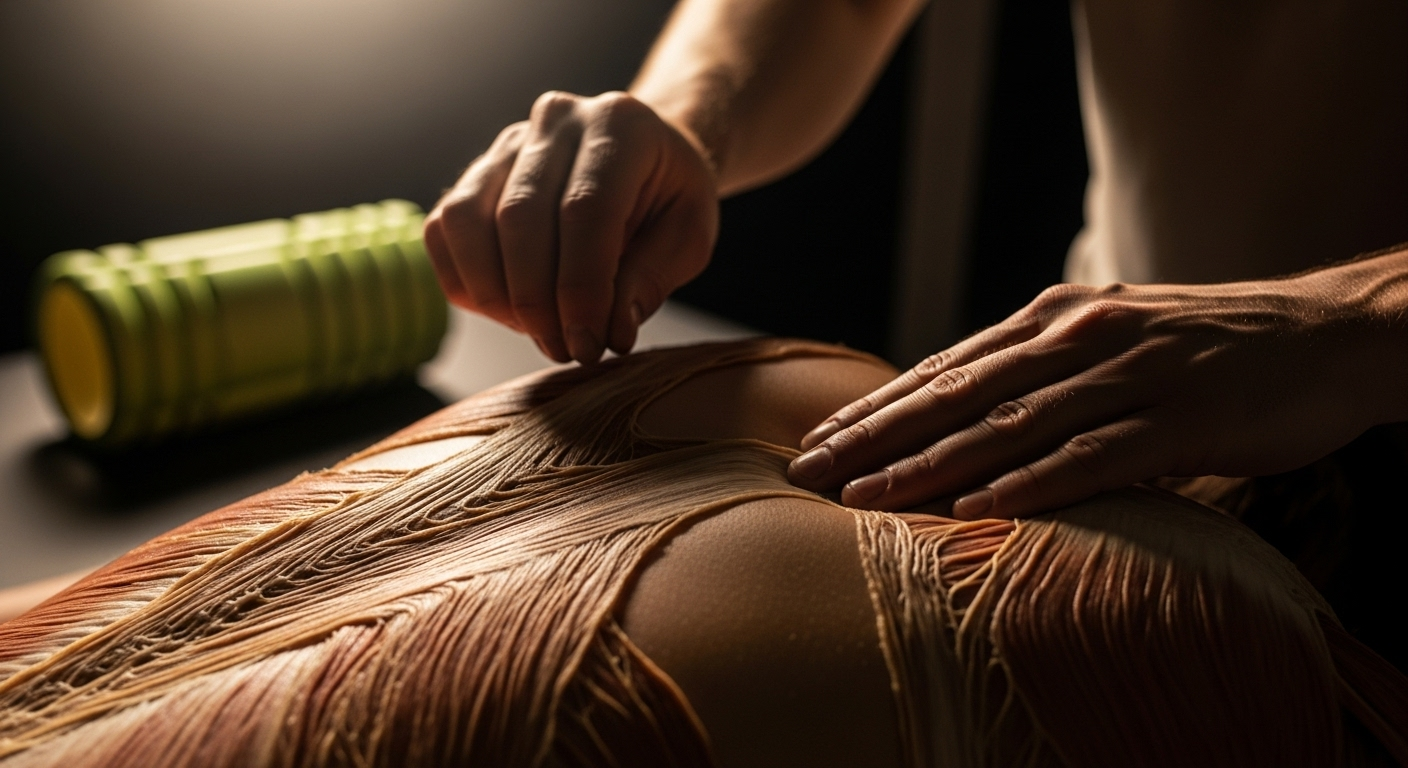Massage at Home: Guide to Wellness and Relaxation
A massage is more than a luxury — it’s a practical tool for easing tension, supporting recovery, and enhancing daily wellness. Whether you visit a spa or invite a therapist to your living room, understanding different approaches, benefits, and how to prepare can help you get the most from each session. This guide explains how massage contributes to relaxation and overall wellbeing, and how to arrange safe, effective care at home.

This article is for informational purposes only and should not be considered medical advice. Please consult a qualified healthcare professional for personalized guidance and treatment.
What is therapeutic massage and how does it work?
Therapeutic massage involves targeted manipulation of muscles, connective tissue, and soft tissues to reduce tension, increase circulation, and improve range of motion. Common modalities include Swedish, deep tissue, sports, and trigger-point therapy. Sessions can be adapted to address chronic pain, post-exercise soreness, or stress-related tension. Licensed therapists assess posture, movement patterns, and specific complaints to tailor techniques — pressure, strokes, and duration — so therapy supports both immediate relaxation and longer-term musculoskeletal balance.
How does massage support wellness beyond relaxation?
Massage contributes to wellness by improving circulation, reducing muscle stiffness, and promoting better sleep — all factors that support physical and mental health. Regular sessions can aid recovery after exercise, help manage chronic tension, and complement physical therapy or other treatments. Massage may also reduce perceived stress and anxiety through touch and focused breathing, which can foster healthier routines such as improved sleep and more consistent physical activity. It’s most effective when combined with a balanced lifestyle and professional guidance when needed.
Can massage improve relaxation and stress relief?
Yes — one of the most immediate effects of massage is relaxation. Techniques like long, rhythmic strokes and gentle kneading activate the parasympathetic nervous system, which slows heart rate and lowers stress hormones. Even a short session can produce measurable feelings of calm, improved mood, and reduced muscle tension. For sustained benefits, consistency matters: periodic sessions or short, frequent treatments (even self-massage techniques) complement stress-management habits such as mindful breathing and adequate rest.
When should you see a licensed therapist?
Seek a licensed therapist when you have persistent pain, limited mobility, or complex health conditions. Therapists are trained to recognize when symptoms require referral to a medical professional and to modify techniques for safety. For general relaxation, many people choose licensed practitioners to ensure proper technique and hygiene. If you have recent surgery, fever, deep vein thrombosis, uncontrolled blood pressure, or contagious skin conditions, consult your healthcare provider before booking a session, and inform the therapist about any medications or health concerns.
How to prepare for a massage at home for comfort and safety?
Preparing your space and communicating with your therapist improves the at-home experience. Choose a quiet, warm room and clear an area for a massage table or firm surface. Provide clean linens and ensure privacy. Discuss pressure preferences, areas to avoid, and any health issues beforehand. If children or pets are present, plan for supervision elsewhere. Hydrate before and after the session and plan gentle activity post-massage rather than vigorous exercise. For mobile services, verify the therapist’s credentials and that they follow appropriate sanitation standards.
A few reputable providers offer in-home or on-site massage services and membership options across many regions. Below is a short list of widely known providers and what they typically offer to help you compare options for local services or mobile treatments.
| Provider Name | Services Offered | Key Features/Benefits |
|---|---|---|
| Massage Envy | Clinic-based massages, facials, therapeutic modalities | Nationwide clinic chain with membership plans and licensed therapists |
| Hand & Stone | Massages, facials, waxing; spa-style services | Franchise model with walk-in availability and add-on upgrades |
| Zeel | On-demand mobile massage booking platform | App-based booking for licensed therapists who come to your home |
| Soothe | App-based on-demand massage and wellness services | Mobile scheduling, flexible hours, licensed in-home practitioners |
Conclusion
Massage can be a valuable part of a wellness routine, whether you prefer clinic visits or inviting a therapist into your home. It supports relaxation, aids recovery, and complements broader health strategies when delivered by trained professionals. By choosing the right modality, preparing your space, and communicating clearly with your therapist, you can make massage an effective tool for both immediate relief and long-term wellbeing.






